Raphael (High Renaissance & Mannerism)
Along with Michelangelo and Leoardo da Vinci, Raffaello Sanzio da Urbino, also known as Raphael, was one of the greatest masters (often known as the holy trinity of Renaissance) that marked the beginning of the High Renaissance. Raphael was known for his fresco works like the four Raphael Rooms (“Hall of Constantine”, “Room of Heliodorus”, “Room of the Signatura”, “The Room of the Fire in the Borgo“) painted in the Palace of the Vatican.
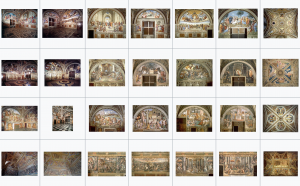
All the four Raphael Rooms works from the Palace of the Vatican (1/2), 1508.
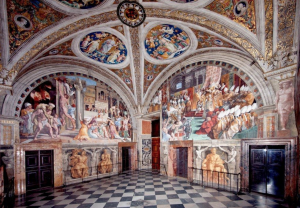
All the four Raphael Rooms works from the Palace of the Vatican (2/2), 1508.
In comparison to the Campin’s painting in the Early Renaissance (mentioned in the previous blog), the outline of his painting figures was soft and clean. The refined gestures of people in The School of Athens (1509-11) also make the figures look dynamic and captivating. From many of his remarkable mural paintings, I learnt from Raphael’s accurate anatomy painting in motion as well as the importance of composition. With the correct use of composition, Raphael showed how the front altar in The School of Athens can effortlessly draw viewers’ eyes to the human figures.
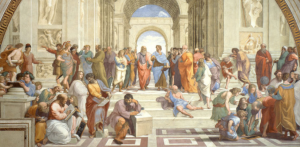
The School of Athens, 1509–1511.
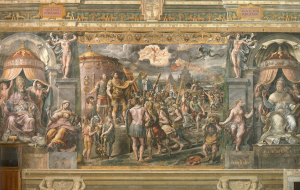
The Vision of the Cross, 1520–24.
Reference:
https://www.walksofitaly.com/blog/vatican/visiting-the-vatican-museums-part-1
https://en.wikipedia.org/wiki/Raphael
https://www.britannica.com/biography/Raphael-Italian-painter-and-architect
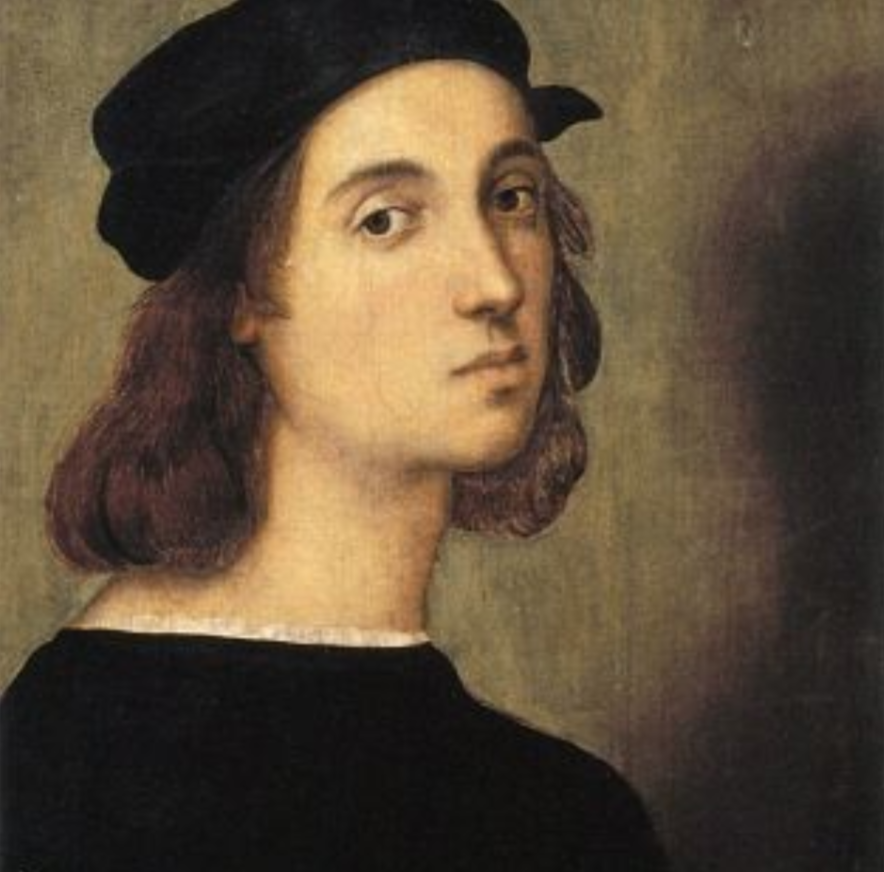
Leave a Reply
You must be logged in to post a comment.